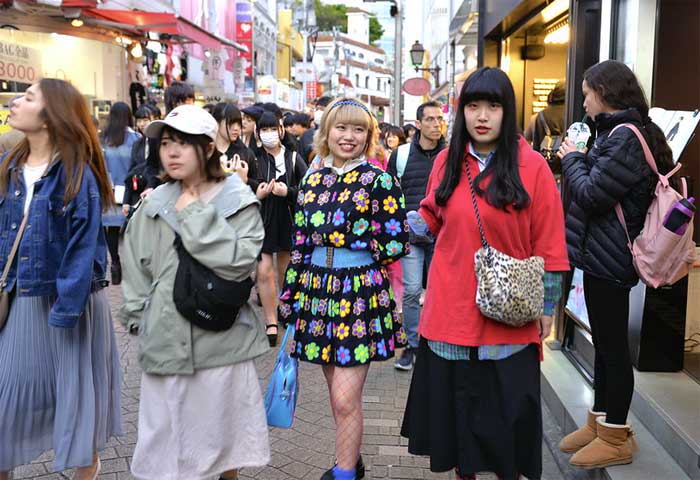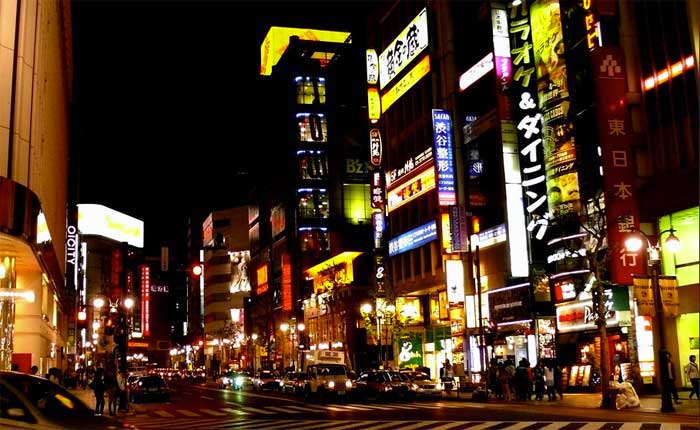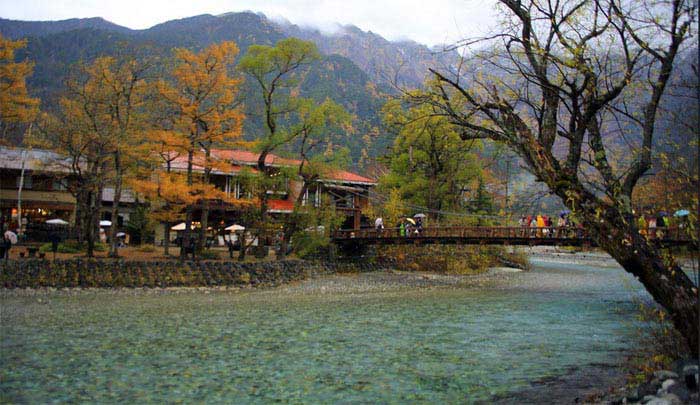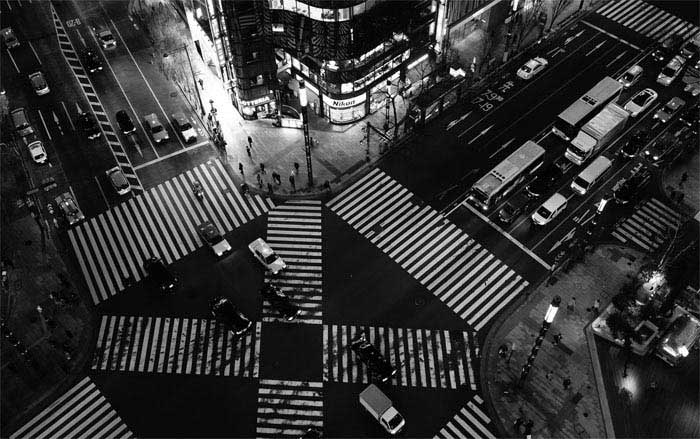Harajuku style exists since early 1980s and became known outside Japan within 2000s. Harajuku style is named after Harajuku Station in Tokyo. The first Harajuku style was made combining traditional Japanese attire and Western clothing which the young generation locals occupy the streets wearing its style. As these youngsters wearing Harajuku style, they wanted to convey the message of wanting to dress anything with any style as they wanted. Harajuku fashion style is a movement against the strict rules of dressing up and the pressure to fit to normal pace. Now, Harajuku still remains as one of the fashion styles regardless of new trends in Japan.
Anybody can wear the style. Harajuku is a mix of well-known style such as Gothic, Sweet, Cosplay, Gyaru, Lolita and mixing traditional clothing with western. Traditional Japanese clothes such as kimonos and traditional sandals have been remake with Harajuku style since the beginning. Kimonos being paired with high-flat style of shoes while wearing a cute ribbon as a hair accessories being paired with custom hair color or wig. Custom made and self-made items are also good, retro and Vintage clothes can be included in Harajuku style as well. In Harajuku, more is more. So the more layers or more style, more fun to wear with as long as you are creative and wear what you wanted. Let your imaginations comes into reality. For accessories, you may pair it with colorful backpacks, or the 80s or 90s type of bags. Go with the pastel or neon bright of hair colors or wigs. Eye contacts are also a part of Harajuku style. You can choose from red, green colors with unique eye contact designs. For the make-up, you can have it depending on your chosen Harajuku theme. The subsets of Harajuku for example are Gyaru style. Gyaru is a fun, girly style with colored hair and fake cute nails. The look was made to be Gyaru girls to be known as a rebel against the perfect look, expressionless and doll-like look of the Geisha. Next is called Visual Kei in which is being styled as a punk, rock, metal which is inspired by the rock musicians of the western. Lolita style is based in Victorian era wearing a long skirt, corset and wig. A typical Lolita style can be seen wearing a tutu skirt and ballerina gowns. There are many subsets of Lolita style which makes somehow a little bit controversial nowadays when some celebrities opt to wear it. Fairy Kei style is a style which is more like into ethereal and pastel. It draws inspiration from My Little Pony, Strawberry Shortcake etc. Decora Kei comes from the root word ‘decoration', Decora Kei composed of bright neon colors and extreme accessories from hair, stickers, bandaids and fake tattoos and layers of cute purses and stuffed animals. Cosplay can also be considered as Harajuku style by dressing up as how your favorite anime characters such as Luffy, Naruto, etc.
Popular artists such as J-pop princess Kyary Pamyu Pamyu and Gwen Stefani who loves Harajuku style which makes the style being well-known in the rest of the world. Kyary Pamyu Pamyu wears Harajuku style in her music videos in which makes her imagination comes into life.
Harajuku style is popular and must go style especially when you're travelling around Japan. The aim of Harajuku style is to express what you feel by making you wear what you love, mix and match the colors, layering, makeup depending on your theme, your vision, the purpose and the passion of what kind of style you are portraying to. Strengthen your brand. Once you know what kind of style you wanted, you may create, wear and post it in the social media. Some people might find it weird but never let them stop you from wearing it. Fashion style and trends come and go but Harajuku still remains which make Japan become unique, breaking the fashion norms and defining style, brands and expression depending on someone's perspective when it comes to fashion. Unleash your inner craziness and unique thinking and let yourself express your love in fashion. Carry a smile while wearing your Harajuku way! Harajuku is all about self-expression, no matter what they say.




